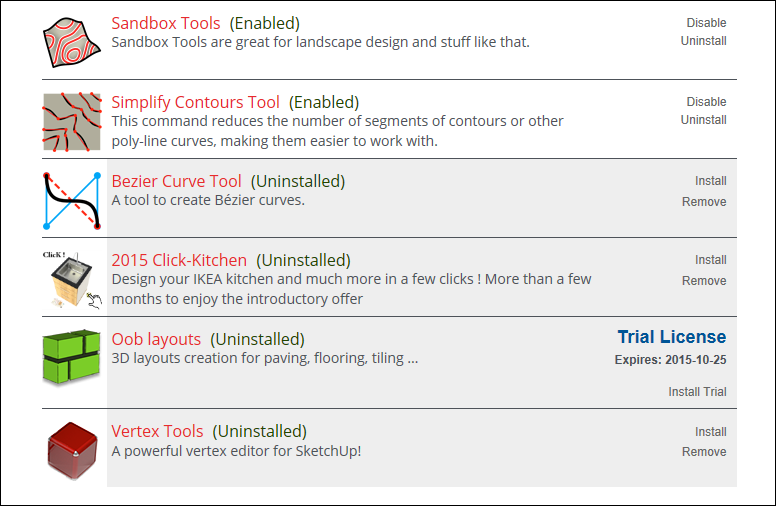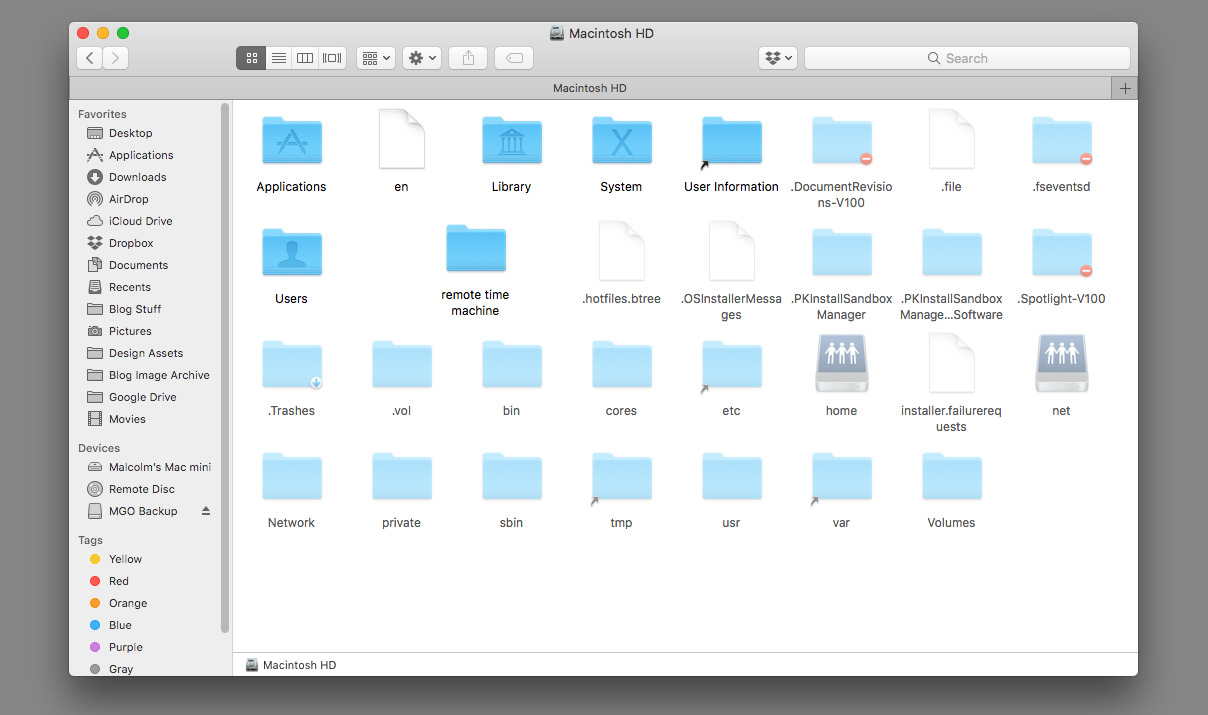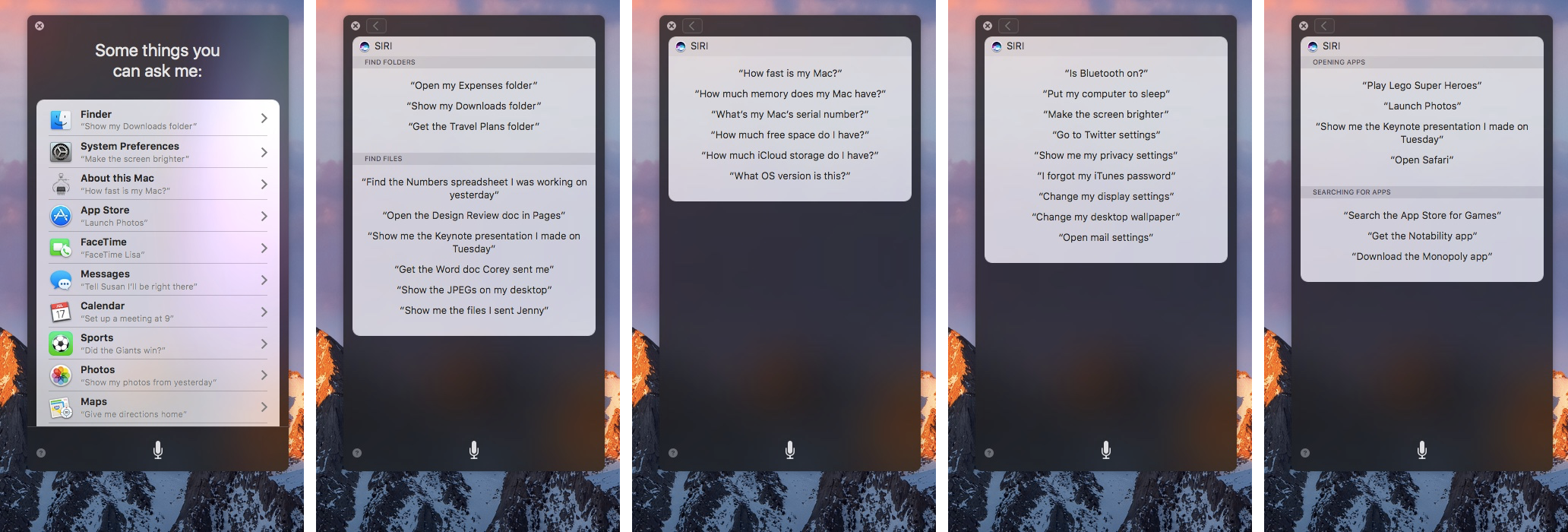- Microsoft Word For Macos High Sierra
- Ms Word For Mac Os Sierra Os
- Mac Os After Sierra
- Microsoft Word 2011 Mac Os Sierra
- Microsoft Word For Mac Os Sierra 10.12.6
Office 2004 for Mac is a version of Microsoft Office developed for Mac OS X.It is equivalent to Office 2003 for Windows. The software was originally written for PowerPC Macs, so Macs with Intel CPUs must run the program under Mac OS X's Rosetta emulation layer. For this reason, it is not compatible with Mac OS X 10.7 and newer. Office 2004 was replaced by its successor, Microsoft Office 2008. With the 2016 version of Word for Mac, Microsoft offers a solid and long-awaited update to an essential OS X application. Brawny word processor: With its solid collection of templates. Word, Excel, PowerPoint, Outlook, OneDrive, Skype for Business, and OneNote will install and run on macOS 10.14 Mojave. Microsoft fully supports Office 2016, Office 2019 and Microsoft 365 for Mac on 10.14 Mojave when you have the following Office updates installed: Microsoft 365/2019 - Build 16.17.0 or later. Office 2016 - Build 16.16.2 or later. Important: Until Apple's next macOS release, expected in the Fall 2020, macOS 10.13 High Sierra is still supported on Microsoft 365 for Mac and Office 2019 for Mac. After the new macOS releases, macOS 10.14 Mojave or later is required to receive updates to Word, Excel, PowerPoint, Outlook and OneNote in Microsoft 365 for Mac or Office 2019 for Mac. Office for Mac 2011. Word, Excel, PowerPoint, Outlook and Lync have not been tested on macOS 10.13 High Sierra, and no formal support for this configuration will be provided. Since October 10, 2017, Office for Mac 2011. is no longer supported. This means there will be no new security updates, non-security updates, free or paid assisted support.
Microsoft Word For Macos High Sierra
Moving from your PC to your new Mac? Consider it done.
With macOS, you can move all the information from your old PC to your new Mac. Built-in Windows-to-Mac migration in macOS automatically transfers your documents, music, contacts, calendars, and email accounts (Outlook and Windows Live Mail), and puts them in the appropriate folders and applications on your new Mac. Just like that.
If you buy your Mac at an Apple Store, Personal Setup can help you get off to a great start.
Work with anyone.
Every Mac comes with Pages, Numbers, and Keynote — powerful productivity apps from Apple that help you create stunning documents, spreadsheets, and presentations. You can collaborate with one person or many people to create and edit Pages, Keynote, and Numbers files. And everyone can work on the same document at the same time — from across town or across the globe. You can also open, edit, and save Microsoft Word, Excel, and PowerPoint files with these apps, so you can easily work with others, regardless of whether they're on a Mac or PC.
Use Microsoft Office for Mac. Connect to Microsoft Exchange Server.
Fun fact: There's a version of Microsoft Office written just for Mac. Fritz 15 for mac computers. So you can use Word, Excel, and PowerPoint on a Mac just like on a PC.
macOS also provides built-in support for the latest version of Microsoft Exchange Server. So you can use all the apps you love on your Mac, and have access to your mail, contacts, and calendar from the office, all at the same time.
Access your files from anywhere with iCloud.
Your Mac comes with iCloud Drive, which lets you safely store all your presentations, spreadsheets, PDFs, images, and any other kinds of files in iCloud. Then you can access them from any device, including your iPhone, iPad, iPod touch, Mac, or PC.1
Industry standard‑bearer.
Thanks to its support for industry standards, macOS works with virtually all email providers and websites. It also lets you view the most common file types, including Office documents, PDFs, images, text files, MP3s, videos, ZIP files, and more.
So if you're moving files from a PC or if your friends and colleagues send you files, you can rest assured they'll work beautifully on your Mac.
Relax. Your camera, printer, and mouse work, too.
Almost any device that connects to a computer via USB, audio cable, or Bluetooth will work with a Mac. That includes digital cameras, external hard drives, printers, keyboards, speakers, and even your right-click mouse. And with technologies like AirPrint and the array of class drivers included with macOS, you can start using these devices as soon as you plug them in — no need to manually download additional software.
A Mac can even run Windows.
Have a Windows application you need to use once in a while? No problem. Every new Mac lets you install and run Windows at native speeds, using a built-in utility called Boot Camp.
Setup is simple and safe for your Mac files. After you've completed the installation, you can boot up your Mac using either macOS or Windows. (That's why it's called Boot Camp.) Or if you want to run Windows and Mac applications at the same time — without rebooting — you can install Windows using VMware or Parallels software.2
Connect to PCs over a network.
The Finder not only lets you browse files on your Mac, it also makes it easy to find files on other computers — both Mac and PC — on your home network. Computers that allow file sharing automatically show up in the Shared section of the Finder sidebar, allowing you to browse files and folders you have permission to view.
Works on macOS
- Microsoft Office for Mac and Word, Excel, and PowerPoint documents created on a Mac or PC
- Windows using Boot Camp or third-party software
- Access to Microsoft Exchange Server in Mail, Contacts, and Calendar
- Virtually all email services and providers
- Popular file types such as PDF, JPG, ZIP, MP3, PSD, and more
- Digital cameras, printers, hard drives, mice, and keyboards with USB connections
- Wi‑Fi hotspots and Windows networks
- Text messaging with Skype, Facebook, WeChat, LINE, and more
Screenshot of Microsoft Word 2004 on an Intel-based Mac in Mac OS X v10.4 'Tiger' through Rosetta | |
| Developer(s) | Microsoft |
|---|---|
| Initial release | May 11, 2004; 16 years ago |
| Stable release | |
| License | |
| Website | microsoft.com/mac/products |
| System requirements | |
|---|---|
| CPU | PowerPC G3 or higher |
| Operating system | Mac OS X v10.2.8 through v10.6.8 |
| RAM | 256 MB |
| Free hard disk space | 450 MB |
Office 2004 for Mac is a version of Microsoft Office developed for Mac OS X. It is equivalent to Office 2003 for Windows. The software was originally written for PowerPC Macs, so Macs with Intel CPUs must run the program under Mac OS X's Rosetta emulation layer. For this reason, it is not compatible with Mac OS X 10.7 and newer.
Office 2004 was replaced by its successor, Microsoft Office 2008 for Mac, which was developed as a universal binary to run natively on Intel Macs. However, Office 2008 did not include support for Visual Basic for Applications, which made Microsoft extend the support period of Office 2004 from October 13, 2009 to January 10, 2012.[3] Microsoft ultimately shipped support for Visual Basic in Microsoft Office 2011 for Mac, which also dropped PowerPC support altogether. Support for Office 2004 ended January 10, 2012.[2]
Feel free to edit and add to the wiki with your own Witcher 2 knowledge.Note that this wiki was based off the original release of The Witcher 2 Assassin of Kings, and not the Enhanced Version, so some differences in the text may occur. These changes will be addressed as they are known. Don't see something you'd like? Inside you'll find walkthroughs for each chapter and tips for completing side quests.
SU Podium V2Plus requires SketchUp 8, 2014 or SketchUp 2015 for Windows. Supported Windows versions are Windows 7 and Windows 8.

Editions[edit]
Microsoft Office for Mac 2004 is available in three editions: Standard, Professional, and Student and Teacher. All three editions include Word, Excel, PowerPoint and Entourage. The Professional Edition adds Virtual PC. The Student and Teacher Edition cannot be upgraded, which means when a later version of Office is released, people who purchased the Student and Teacher edition must buy a new package.
Features[edit]
Word 2004[edit]
Microsoft Word is a word processor which possesses a dominant market share in the word processor market. Its proprietary DOC format is considered a de facto standard, although its successive Windows version (Word 2007) uses a new XML-based format called .DOCX, but has the capability of saving and opening the old .DOC format.

The new Office Open XML format was built into the next version of Office for Mac (Office 2008). However, it is also supported on Office 2004 with the help of a free conversion tool available from Microsoft.[4]
Excel 2004[edit]
Ms Word For Mac Os Sierra Os
Microsoft Excel is a spreadsheet program. Like Microsoft Word, it possesses a dominant market share. It was originally a competitor to the dominant Lotus 1-2-3, but it eventually outsold it and became the de facto standard for spreadsheet programs.
Entourage 2004[edit]
Microsoft Entourage is an email application. Its personal information management features include a calendar, address book, task list, note list, and project manager. With Entourage 2004, Microsoft began offering a Project Center, which allows the user to create and organize projects. Information may come from within Entourage or outside the program.
PowerPoint 2004[edit]
Microsoft PowerPoint is a popular presentation program used to create slideshows composed of text, graphics, movies and other objects, which can be displayed on-screen and navigated through by the presenter or printed out on transparencies or slides. It too possesses a dominant market share. Movies, videos, sounds and music, as well as wordart and autoshapes can be added to slideshows.
Virtual PC[edit]
Included with Office 2004 for Mac Professional Edition, Microsoft Virtual PC is a hypervisor which emulates Microsoft Windowsoperating systems on Mac OS X which are PowerPC-based. Virtual PC does not work on Intel-based Macs and in August 2006, Microsoft announced it would not be ported to Intel-based Macintoshes, effectively discontinuing the product as PowerPC-based Macintoshes are no longer manufactured.

Mac Os After Sierra
Criticism[edit]

SU Podium V2Plus requires SketchUp 8, 2014 or SketchUp 2015 for Windows. Supported Windows versions are Windows 7 and Windows 8. If you are using SketchUp 2015 or 2014, you must use V2 Plus.SU Podium V2 Plus SketchUp and Operating System RequirementsWindows. Please do not try to install SU Podium V2 Plus using the SketchUp Preference Extension menu.What's the difference between V2Plus and V2?for a feature-by-feature comparison chart. It does not support SketchUp 2013.
Editions[edit]
Microsoft Office for Mac 2004 is available in three editions: Standard, Professional, and Student and Teacher. All three editions include Word, Excel, PowerPoint and Entourage. The Professional Edition adds Virtual PC. The Student and Teacher Edition cannot be upgraded, which means when a later version of Office is released, people who purchased the Student and Teacher edition must buy a new package.
Features[edit]
Word 2004[edit]
Microsoft Word is a word processor which possesses a dominant market share in the word processor market. Its proprietary DOC format is considered a de facto standard, although its successive Windows version (Word 2007) uses a new XML-based format called .DOCX, but has the capability of saving and opening the old .DOC format.
The new Office Open XML format was built into the next version of Office for Mac (Office 2008). However, it is also supported on Office 2004 with the help of a free conversion tool available from Microsoft.[4]
Excel 2004[edit]
Ms Word For Mac Os Sierra Os
Microsoft Excel is a spreadsheet program. Like Microsoft Word, it possesses a dominant market share. It was originally a competitor to the dominant Lotus 1-2-3, but it eventually outsold it and became the de facto standard for spreadsheet programs.
Entourage 2004[edit]
Microsoft Entourage is an email application. Its personal information management features include a calendar, address book, task list, note list, and project manager. With Entourage 2004, Microsoft began offering a Project Center, which allows the user to create and organize projects. Information may come from within Entourage or outside the program.
PowerPoint 2004[edit]
Microsoft PowerPoint is a popular presentation program used to create slideshows composed of text, graphics, movies and other objects, which can be displayed on-screen and navigated through by the presenter or printed out on transparencies or slides. It too possesses a dominant market share. Movies, videos, sounds and music, as well as wordart and autoshapes can be added to slideshows.
Virtual PC[edit]
Included with Office 2004 for Mac Professional Edition, Microsoft Virtual PC is a hypervisor which emulates Microsoft Windowsoperating systems on Mac OS X which are PowerPC-based. Virtual PC does not work on Intel-based Macs and in August 2006, Microsoft announced it would not be ported to Intel-based Macintoshes, effectively discontinuing the product as PowerPC-based Macintoshes are no longer manufactured.
Mac Os After Sierra
Criticism[edit]
Images inserted into any Office 2004 application by using either cut and paste or drag and drop result in a file that does not display the inserted graphic when viewed on a Windows machine. Instead, the Windows user is told 'QuickTime and a TIFF (LZW) decompressor are needed to see this picture'. Peter Clark of Geek Boy's Blog presented one solution in December 2004.[5] However, this issue persists in Office 2008.
There is no support for editing right to left and bidirectional languages (such as Arabic, Hebrew, Persian, etc.) in Office 2004. This issue has not been fixed in Office 2008 or 2011 either.[6][7]
Microsoft Word 2011 Mac Os Sierra
See also[edit]
Microsoft Word For Mac Os Sierra 10.12.6
References[edit]
- ^'Download Microsoft Office 2004 for Mac 11.6.6 Update'. Download Center. Microsoft. December 13, 2011. Archived from the original on July 5, 2012.
- ^ ab'Microsoft Support Lifecycle'. Support. Microsoft. Retrieved April 28, 2013.
- ^Tedesco, Mike (October 12, 2009). 'Office 2004 Mainstream Support Has Been Extended'. Mactopia. Microsoft. Archived from the original on October 17, 2009. Retrieved October 12, 2009.
- ^'MS11-072: Description of the Open XML File Format Converter for Mac 1.2.1: September 13, 2011'. Support. Microsoft. September 13, 2011.
- ^Clark, Peter (December 6, 2004). 'QuickTime and a TIFF (LZW) decompressor are needed to see this picture'. Geek Boy's Blog. Archived from the original on May 10, 2013. Retrieved October 12, 2009.Alt URL
- ^Heard, Chris (September 27, 2007). 'It's official: no RTL support in Microsoft Office 2008 for Mac'. Higgaion. Archived from the original on October 11, 2007. Retrieved October 12, 2009.
- ^Morgenstern, David (August 8, 2010). 'Microsoft boosts languages, proofing tools in Office 2011 for Mac, Unicode right-to-left support missing'. ZDNet. CBS Interactive. Retrieved April 27, 2013.
